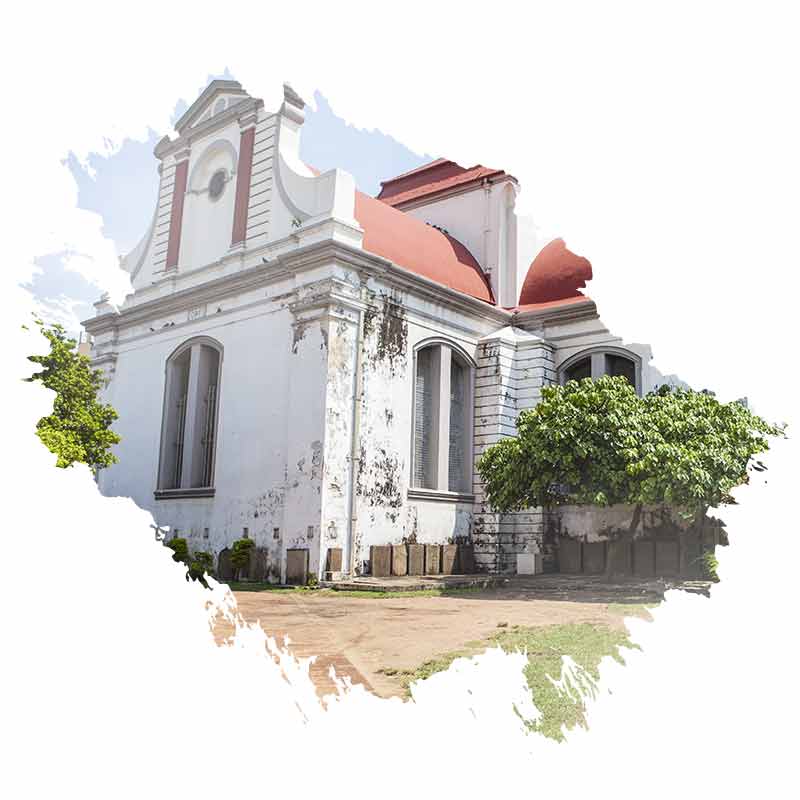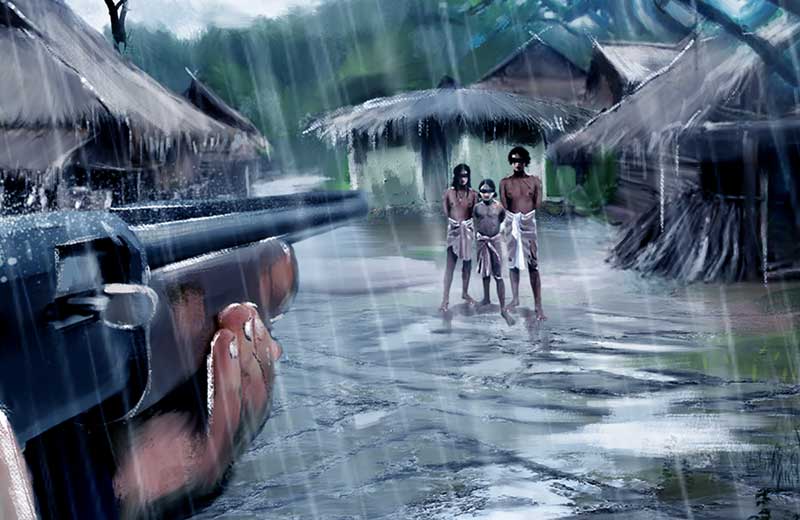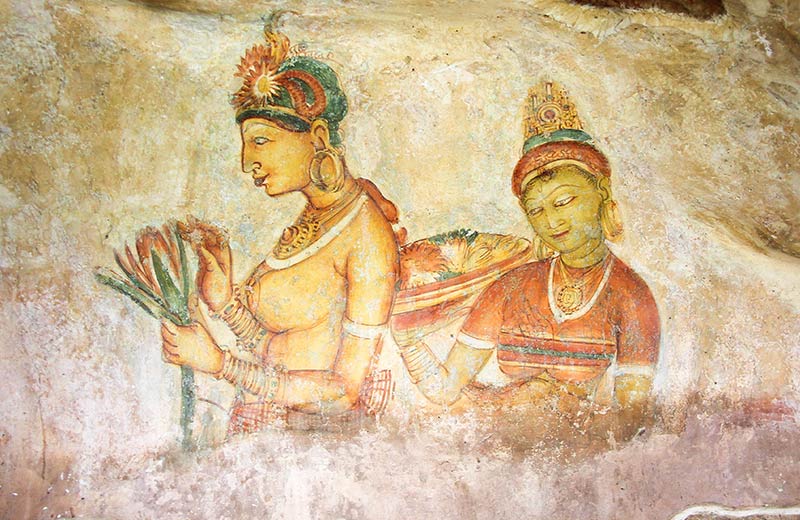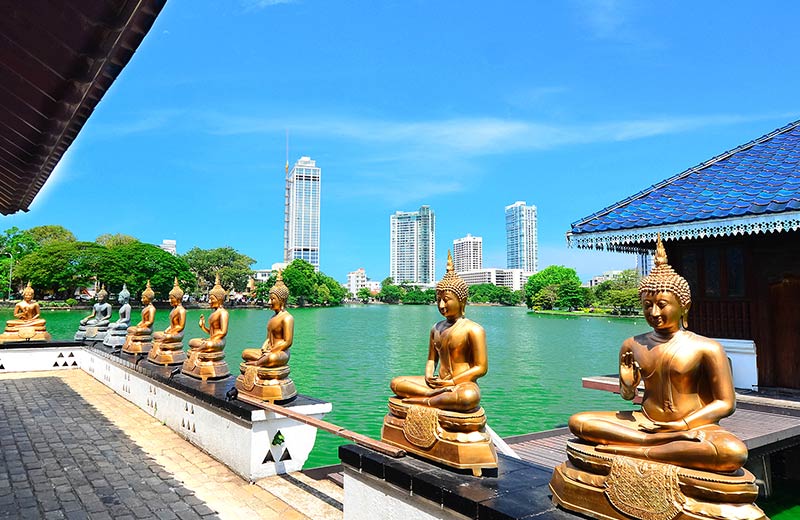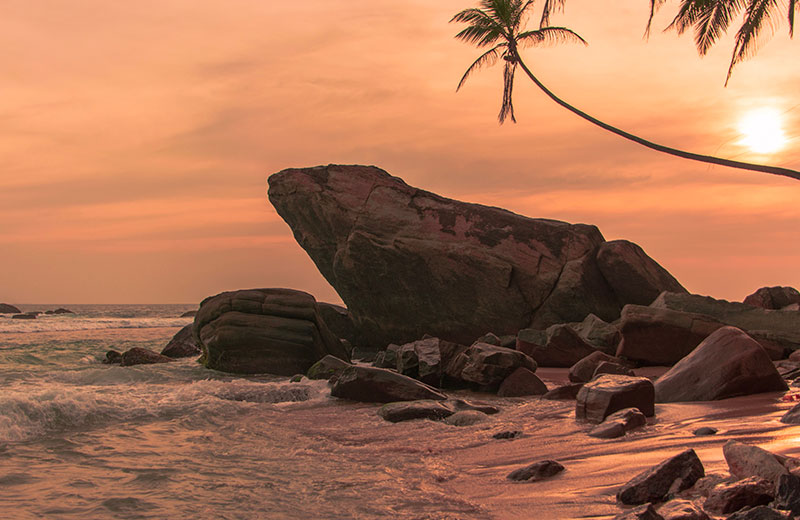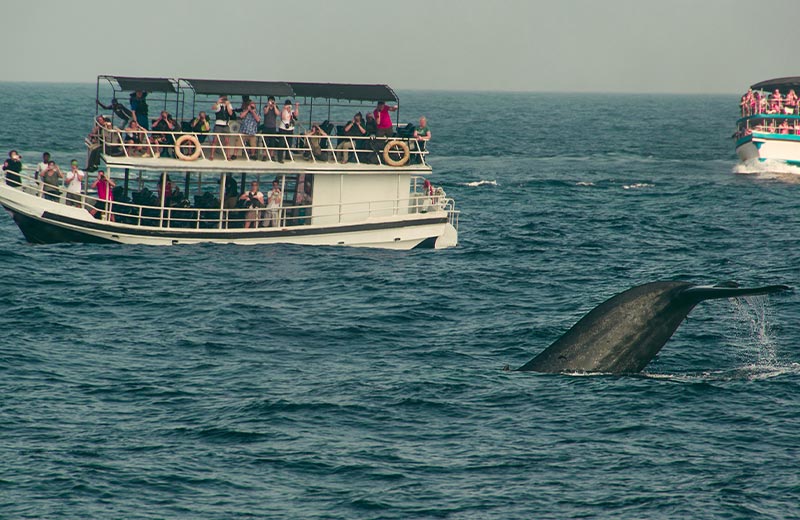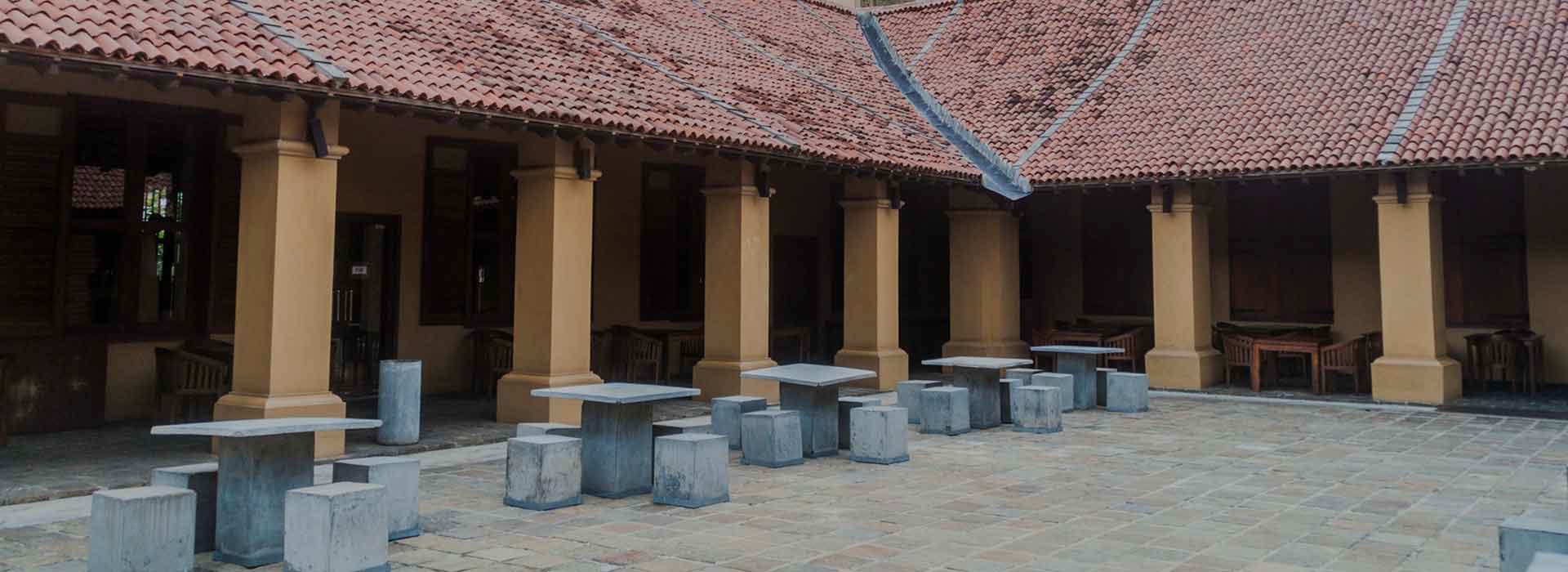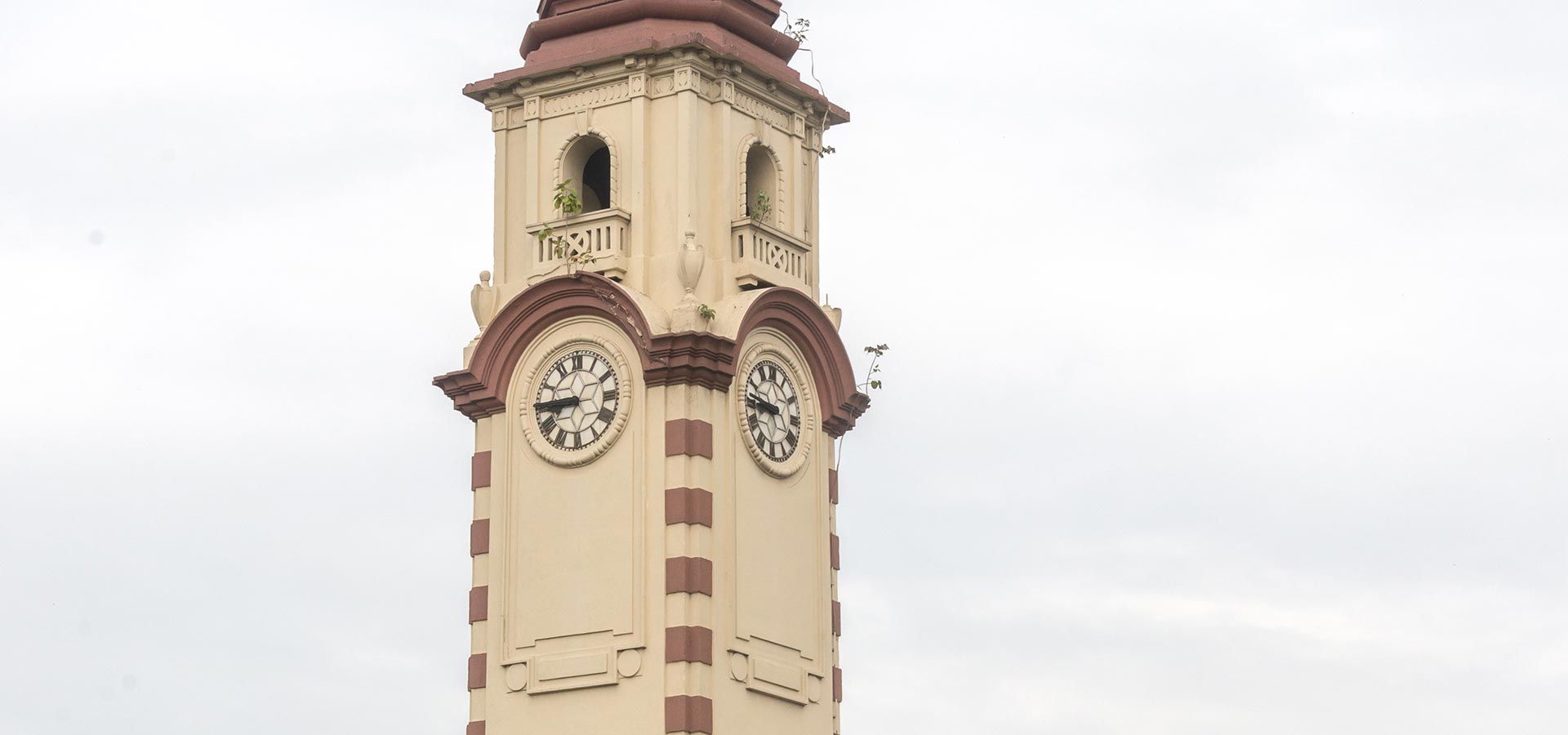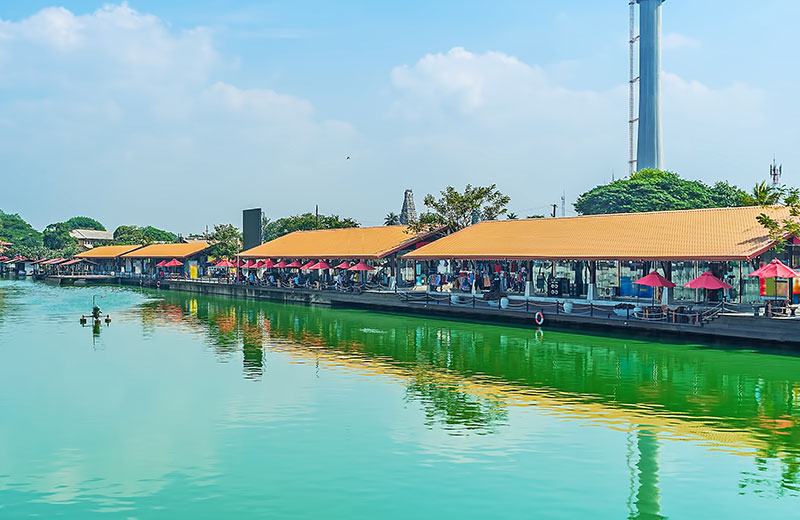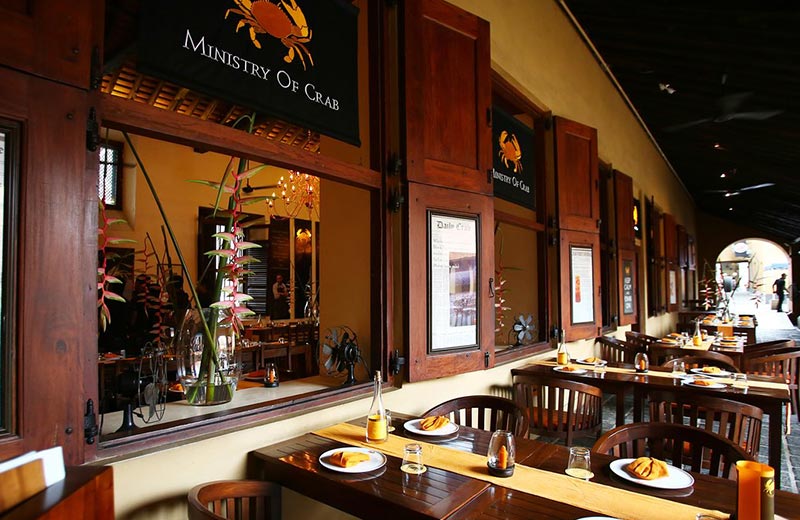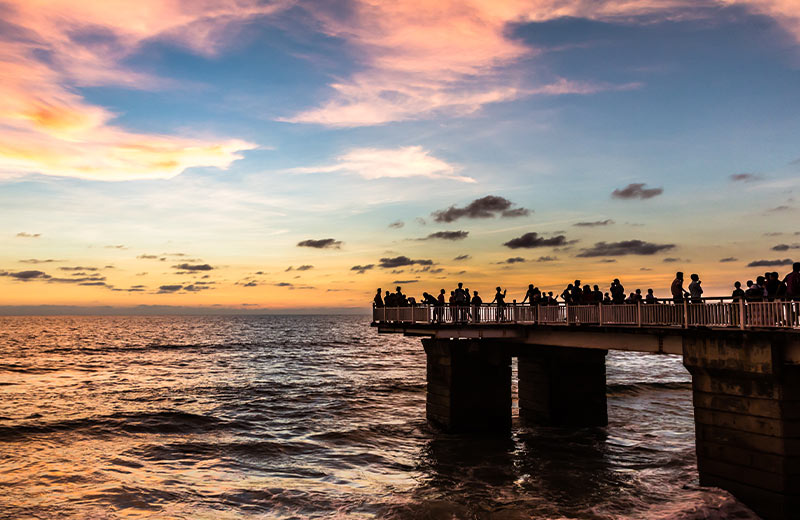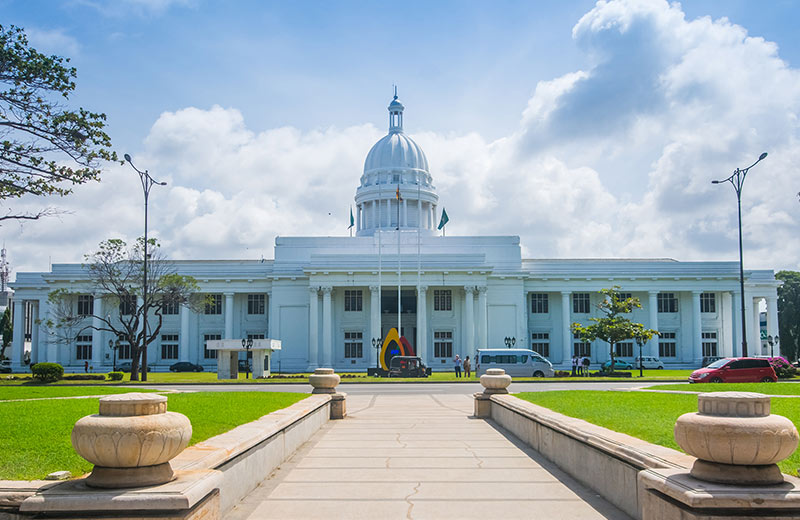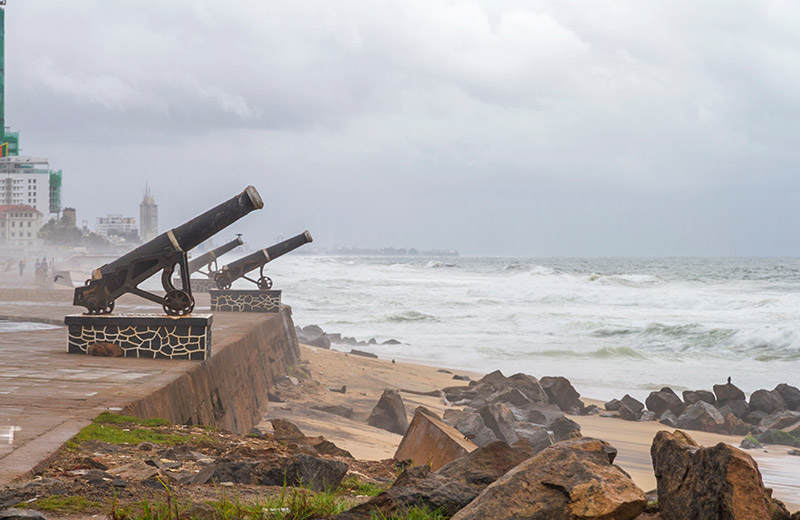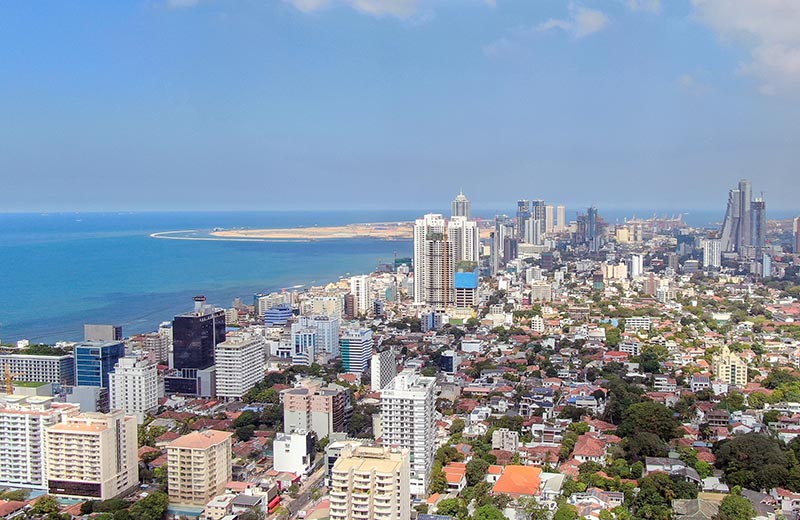A BustlingCapital of Intrigue and Colonial Influence
Historically, a typical trading port between the Sinhala kingdoms of old and the rest of the world, today the city of Colombo serves as the commercial capital of the island. The natural harbour of Colombo is believed to have been a major docking point for many a merchant sailing in from the Arabian Gulf, Persia, Greece, and China for over 2000 years. Due to Colombo’s strategic location, it was colonised by European powers, namely the Portuguese in the 16th century, the Dutch in the 17th century and the British in the 18th century until the country gained independence in 1948.
The post-colonial period saw Colombo transforming into an eclectic mix of European culture interwoven with native and immigrant traditions. This, coupled with the constant development any modern city is subject to, has turned Colombo into the diverse, vibrant and exciting city that it is today.
The neighbourhoods of Colombo Fort and Pettah are easily two of the places that best showcase the essence of Colombo’s colonial and post-colonial culture. It embodies the typical fast paced life of hard-working Colombo folk, who also make time to relax and interact with each other.
The towering Khan Clock Tower, built by the wealthy Khan family of Bombay in 1923 to memorialise their appreciation of the people of Colombo, serves as a good starting point for a tour around the commercial hub. Wear comfortable shoes, carry some cash, and bring a large bottle of water, because you are about to delve into the busiest place in all of Colombo – the Pettah Market.
